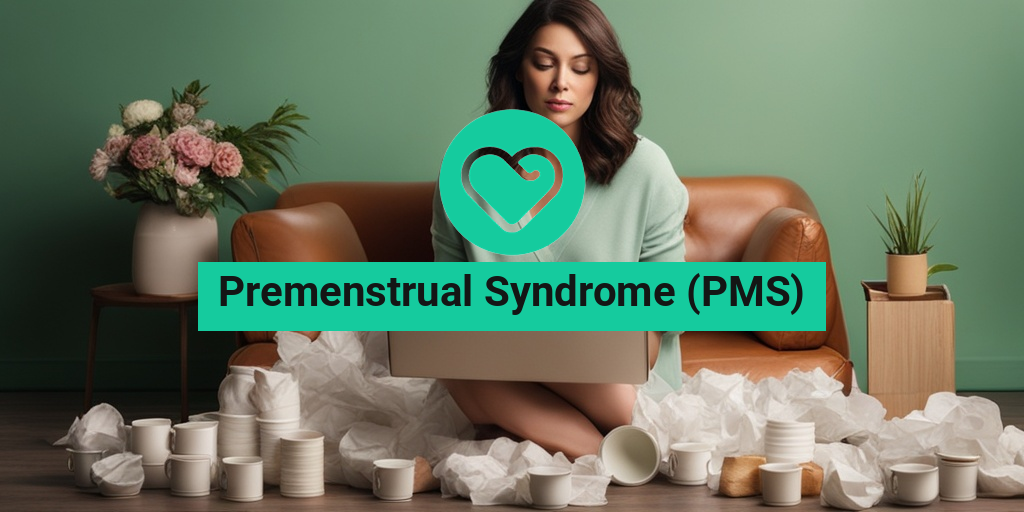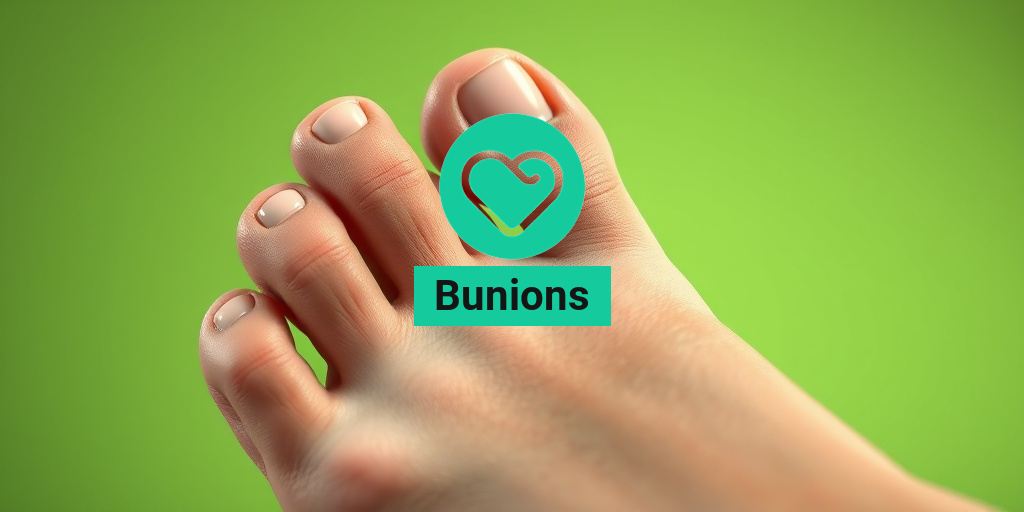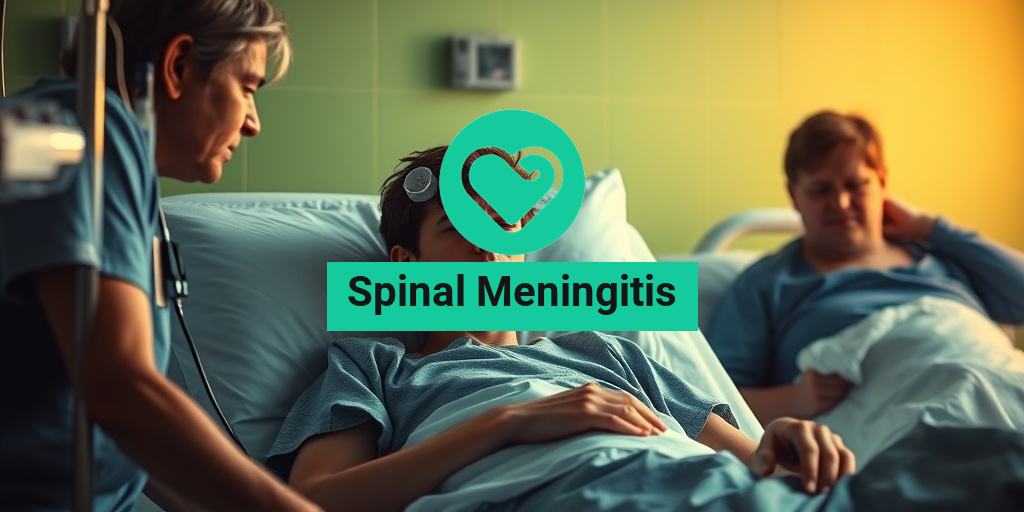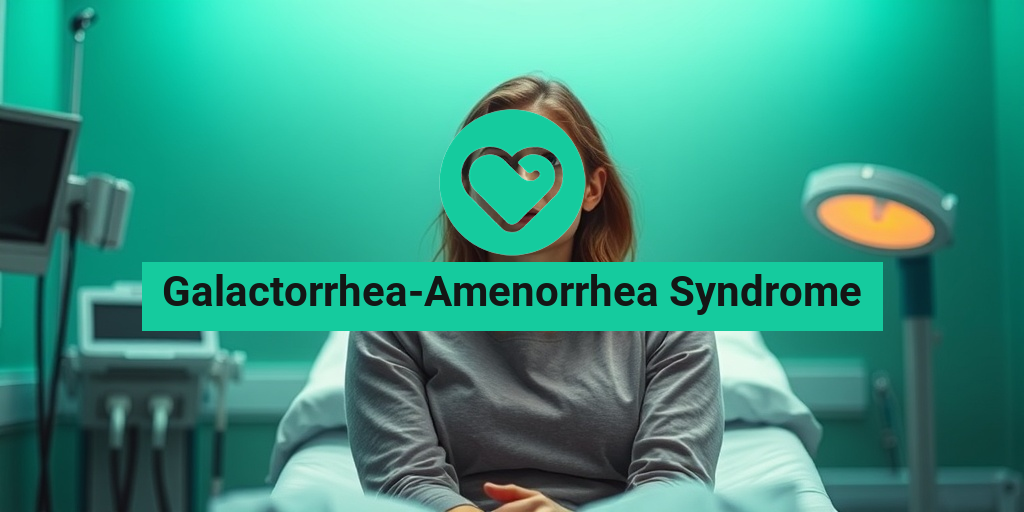What Is Premenstrual Syndrome (PMS)?
Are you tired of feeling like your body is a mystery, with unpredictable mood swings, bloating, and cramps that seem to come out of nowhere? You’re not alone! Pre-Menstrual Syndrome (PMS) is a common condition that affects millions of women worldwide, causing a range of physical and emotional symptoms that can disrupt daily life.
So, what exactly is PMS? Simply put, PMS is a set of physical, emotional, and behavioral symptoms that occur in the days leading up to a woman’s menstrual period. These symptoms can vary in severity, but they often start after ovulation and subside once menstruation begins.
While the exact cause of PMS is still unknown, research suggests that hormonal changes, particularly the fluctuation of estrogen and progesterone levels, play a significant role in triggering these symptoms. Other factors, such as genetics, stress, and lifestyle, may also contribute to the development of PMS.
PMS Symptoms: Physical and Emotional Changes
So, what are the common symptoms of PMS? The good news is that not every woman experiences all of these symptoms, and their severity can vary from one person to another. Here are some of the most common physical and emotional changes associated with PMS:
Physical Symptoms:
- Bloating and water retention
- Breast tenderness
- Headaches
- Fatigue
- Cramps and pelvic pain
- Changes in bowel movements
- Weight gain
Emotional Symptoms:
- Mood swings and irritability
- Anxiety and depression
- Irritability and mood changes
- Increased emotional sensitivity
- Restlessness and insomnia
Remember, every woman’s experience with PMS is unique, and it’s essential to remember that you’re not alone in this journey. If you’re struggling with severe PMS symptoms, it’s crucial to consult with a healthcare provider to rule out any underlying conditions and develop a personalized plan to manage your symptoms.
For evidence-based health answers and personalized guidance, consider consulting with a healthcare professional or exploring reputable resources like Yesil Health AI. By understanding PMS and its symptoms, you can take the first step towards regaining control over your body and life. 💪
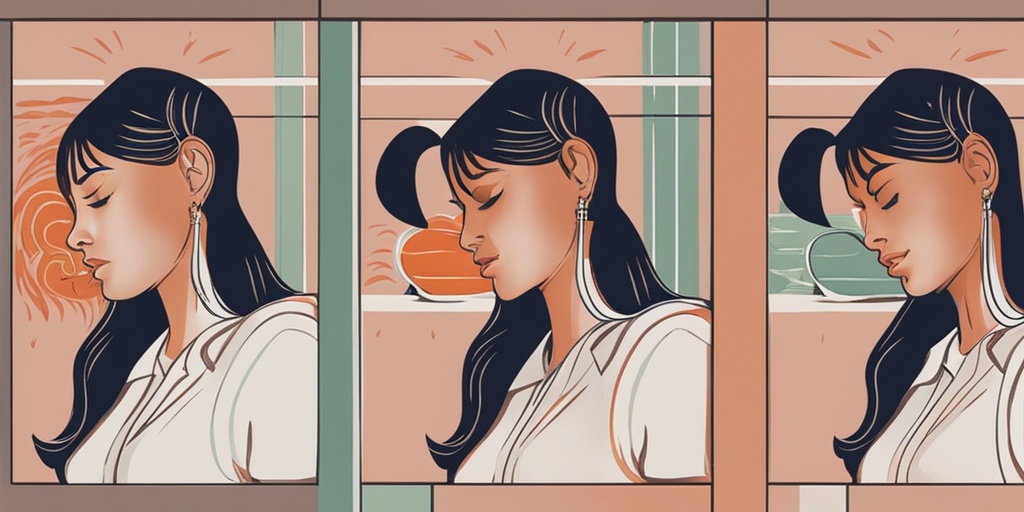
PMS Causes: Hormonal and Lifestyle Factors
Premenstrual Syndrome (PMS) is a complex condition that affects millions of women worldwide. While the exact causes of PMS are still not fully understood, research has identified several hormonal and lifestyle factors that contribute to its development. In this section, we’ll delve into the underlying causes of PMS and explore how they impact the body.
Hormonal Factors
Hormonal fluctuations play a significant role in the development of PMS. The primary culprits are estrogen and progesterone, which are produced by the ovaries. During the menstrual cycle, these hormones undergo significant changes, leading to a range of physical and emotional symptoms.
* Estrogen dominance: When estrogen levels surge, it can lead to symptoms like breast tenderness, mood swings, and bloating.
* Progesterone fluctuations: Changes in progesterone levels can cause drowsiness, fatigue, and mood changes.
Lifestyle Factors
In addition to hormonal fluctuations, certain lifestyle factors can exacerbate PMS symptoms. These include:
* Diet**: Consuming high amounts of sugar, salt, and caffeine can worsen PMS symptoms. A diet rich in fruits, vegetables, and whole grains can help alleviate symptoms.
* Stress**: High levels of stress can exacerbate PMS symptoms. Engaging in stress-reducing activities like yoga, meditation, or deep breathing exercises can help.
* Sleep patterns**: Irregular sleep patterns or lack of sleep can worsen PMS symptoms. Aim for 7-8 hours of sleep per night to help regulate hormones and reduce symptoms.
* Physical activity**: Regular exercise can help reduce PMS symptoms by releasing endorphins, which are natural mood-boosters.
PMS Risk Factors: Who Is More Likely to Experience PMS?
While PMS can affect any woman of reproductive age, certain factors can increase the likelihood of experiencing PMS symptoms. These risk factors include:
Genetics
* Family history**: If your mother or sister experiences PMS, you may be more likely to develop it as well.
Age
* Age 20-40**: Women in this age group are more likely to experience PMS symptoms.
Lifestyle Factors
* Stressful life events**: Women who experience stressful life events, such as a recent move or job change, may be more likely to develop PMS.
* Depression or anxiety**: Women with a history of depression or anxiety may be more prone to PMS symptoms.
Medical Conditions
* Polycystic ovary syndrome (PCOS)**: Women with PCOS are more likely to experience PMS symptoms due to hormonal imbalances.
* Thyroid disorders**: Women with thyroid disorders, such as hypothyroidism, may experience PMS symptoms due to hormonal fluctuations.
Understanding the causes and risk factors of PMS can help women take proactive steps to manage their symptoms and improve their overall well-being. By recognizing the hormonal and lifestyle factors that contribute to PMS, women can make informed decisions about their health and take control of their symptoms. 💪

Diagnosing PMS: How to Identify the Condition
Are you experiencing a range of physical and emotional symptoms before your period, leaving you feeling frustrated and unsure of what’s going on? You’re not alone! Premenstrual Syndrome (PMS) affects millions of women worldwide, but diagnosing it can be a challenge. In this article, we’ll explore the common signs and symptoms of PMS, how to identify the condition, and what you can do to manage your symptoms.
What are the Common Symptoms of PMS?
PMS symptoms can vary from woman to woman, but common complaints include:
- Mood swings, irritability, and anxiety
- Bloating, breast tenderness, and weight gain
- Fatigue, insomnia, and changes in sleep patterns
- Headaches, joint pain, and muscle aches
- Changes in appetite, food cravings, and digestive issues
- Depression, anxiety, and mood changes
Keep in mind that these symptoms can be mild, moderate, or severe, and may vary in intensity from one cycle to another.
How is PMS Diagnosed?
There is no single test for diagnosing PMS, but your healthcare provider may use a combination of the following methods:
- A thorough medical history to rule out underlying medical conditions
- A physical exam to check for any underlying physical causes
- A symptom diary or calendar to track your symptoms over several cycles
- A psychological evaluation to assess your mental health
Your healthcare provider may also use the following criteria to diagnose PMS:
- At least one of the physical symptoms mentioned above
- At least one of the emotional symptoms mentioned above
- Symptoms occur in the 5-14 days leading up to your period
- Symptoms interfere with daily life and relationships
PMS Treatment Options: Medications and Lifestyle Changes
While there is no cure for PMS, there are several treatment options available to help manage your symptoms. The good news is that you don’t have to suffer in silence! 🙅♀️
Lifestyle Changes
Before we dive into medications, let’s explore some lifestyle changes that can help alleviate PMS symptoms:
- Exercise regularly: Engage in physical activities like yoga, walking, or swimming to reduce symptoms
- Dietary changes: Increase your intake of whole foods, fruits, and vegetables, and reduce sugar and salt consumption
- Stress management: Practice relaxation techniques like meditation, deep breathing, or journaling
- Get enough sleep: Aim for 7-8 hours of sleep per night to help regulate your hormones
Medications
In some cases, medications may be necessary to help manage PMS symptoms. These may include:
- Hormonal birth control pills to regulate hormones
- Selective serotonin reuptake inhibitors (SSRIs) to alleviate mood symptoms
- Diuretics to reduce bloating and water retention
- Pain relievers like ibuprofen or acetaminophen for cramps and headaches
Remember, it’s essential to work with your healthcare provider to find the right treatment plan for your unique needs. 💊
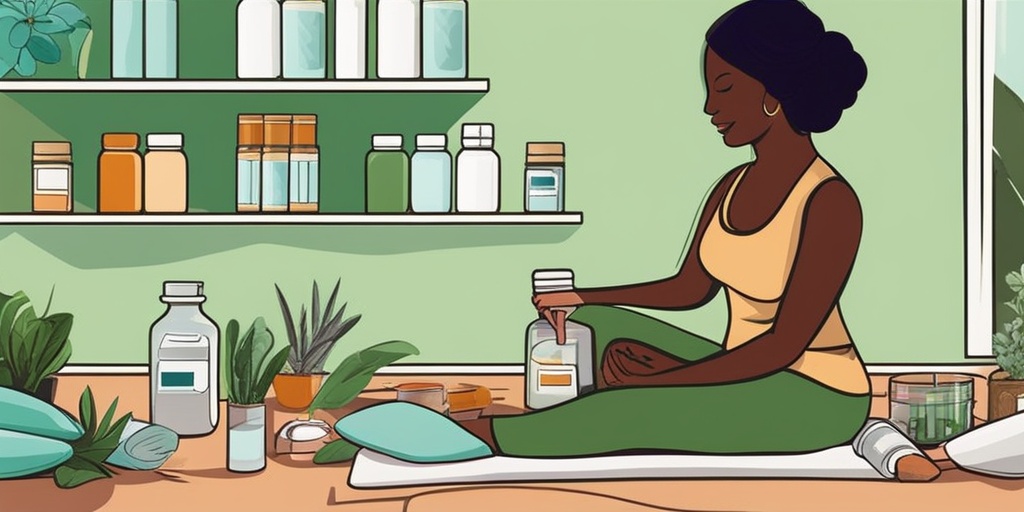
Natural Remedies for PMS Relief
Are you tired of feeling bloated, irritable, and exhausted every month? Do you wish there were natural ways to alleviate the discomfort of Premenstrual Syndrome (PMS)? You’re in luck! While PMS can be a real challenge, there are several natural remedies that can help provide relief from its symptoms. 🌿
Dietary Changes
A well-balanced diet rich in whole foods can work wonders for PMS relief. Incorporating foods high in omega-3 fatty acids, such as salmon and flaxseeds, can help reduce inflammation and alleviate symptoms. Calcium-rich foods like dairy, leafy greens, and fortified plant-based milk can also help regulate mood and reduce anxiety.
Herbal Remedies
Certain herbs have been shown to provide natural relief from PMS symptoms. Chamomile tea, for instance, is a natural relaxant that can help soothe anxiety and promote a good night’s sleep. Ginger has anti-inflammatory properties that can help reduce bloating and cramps. You can try incorporating ginger into your diet through teas, soups, or supplements.
Supplements
Certain supplements can help alleviate PMS symptoms. Omega-3 fatty acid supplements can reduce inflammation and promote heart health. Vitamin B6 supplements can help regulate mood and reduce symptoms of anxiety and depression. However, always consult with a healthcare professional before adding any new supplements to your routine.
Stress-Reducing Techniques
Stress can exacerbate PMS symptoms, making it essential to find healthy ways to manage stress. Yoga and meditation can help reduce anxiety and promote relaxation. Deep breathing exercises can also help calm the mind and body.
—
PMS and Mental Health: Managing Anxiety and Depression
Premenstrual Syndrome (PMS) is often associated with physical symptoms like bloating and cramps, but it can also have a significant impact on mental health. In fact, many women experience anxiety and depression as part of their PMS symptoms. 🌊
The Link Between PMS and Mental Health
Research suggests that women with PMS are more likely to experience anxiety and depression. This is because the hormonal fluctuations that occur during the menstrual cycle can affect neurotransmitters like serotonin, which regulate mood. Hormonal changes can also lead to feelings of irritability, mood swings, and anxiety.
Managing Anxiety and Depression
While PMS can exacerbate anxiety and depression, there are ways to manage these symptoms. Cognitive-behavioral therapy (CBT) is a helpful approach that can help women identify and change negative thought patterns. Mindfulness practices like meditation and yoga can also help reduce anxiety and promote relaxation.
Seeking Support
Living with PMS and mental health issues can be challenging, but it’s essential to remember that you’re not alone. Seeking support from friends, family, or a therapist can make a significant difference in managing symptoms. Joining a support group or online community can also provide a sense of connection and understanding.
Remember, PMS is not just about physical symptoms; it’s also about taking care of your mental health. By prioritizing self-care, seeking support, and managing symptoms, you can take control of your PMS and live a healthier, happier life. 💖

Frequently Asked Questions about Premenstrual Syndrome (PMS)
What is Premenstrual Syndrome (PMS)?
Premenstrual Syndrome (PMS) is a set of physical, emotional, and behavioral symptoms that occur in some women during the premenstrual phase of their menstrual cycle. It is a common condition that affects millions of women worldwide.
What are the symptoms of PMS?
The symptoms of PMS can vary from woman to woman, but common symptoms include:
- Mood swings and irritability
- Bloating and breast tenderness
- Fatigue and lethargy
- Headaches and joint pain
- Changes in appetite and sleep patterns
- Anxiety and depression
What causes PMS?
The exact cause of PMS is not fully understood, but it is thought to be related to hormonal changes during the menstrual cycle. Fluctuations in estrogen and progesterone levels may contribute to the development of PMS symptoms.
How is PMS diagnosed?
PMS is typically diagnosed based on a woman’s symptoms and medical history. There is no single test for PMS, but a healthcare provider may perform a physical exam, take a medical history, and rule out other conditions that may be causing symptoms.
How is PMS treated?
Treatment for PMS usually involves a combination of lifestyle changes and medical therapies. Lifestyle changes may include:
- Dietary changes, such as increasing calcium and vitamin D intake
- Regular exercise, such as yoga or swimming
- Stress management techniques, such as meditation or deep breathing
- Getting enough sleep and practicing good sleep hygiene
Medical therapies may include:
- Hormonal birth control pills
- Selective serotonin reuptake inhibitors (SSRIs)
- Pain relievers, such as ibuprofen or acetaminophen
Can PMS affect pregnancy?
Yes, PMS can affect pregnancy. Some women may experience more severe symptoms during pregnancy, while others may experience relief from symptoms. It is essential to discuss PMS symptoms with a healthcare provider during pregnancy.
Is PMS a psychological problem?
No, PMS is not primarily a psychological problem. While emotional symptoms are common in PMS, the condition is rooted in hormonal and physiological changes during the menstrual cycle.
What is the difference between PMS and PMDD?
Premenstrual Dysphoric Disorder (PMDD) is a more severe form of PMS. While PMS symptoms can be uncomfortable, PMDD symptoms are severe enough to interfere with daily life and relationships.
Can PMS be managed naturally?
Yes, there are several natural ways to manage PMS symptoms, including:
- Dietary changes, such as increasing calcium and vitamin D intake
- Supplements, such as omega-3 fatty acids and magnesium
- Herbal remedies, such as ginger and chamomile
- Acupuncture and massage therapy
Is PMS a myth?
No, PMS is not a myth. While the severity and impact of PMS symptoms can vary from woman to woman, it is a recognized medical condition that affects millions of women worldwide.
Can PMS affect relationships?
Yes, PMS can affect relationships. Mood swings, irritability, and anxiety can impact relationships with partners, family, and friends. Open communication and understanding can help mitigate the impact of PMS on relationships.
Is PMS a sign of hormonal imbalance?
Yes, PMS can be a sign of hormonal imbalance. Fluctuations in estrogen and progesterone levels can contribute to the development of PMS symptoms.
Can PMS be cured?
While there is no cure for PMS, symptoms can be managed and alleviated with lifestyle changes, medical therapies, and natural remedies. With proper treatment and self-care, women can reduce the impact of PMS on their daily lives.

